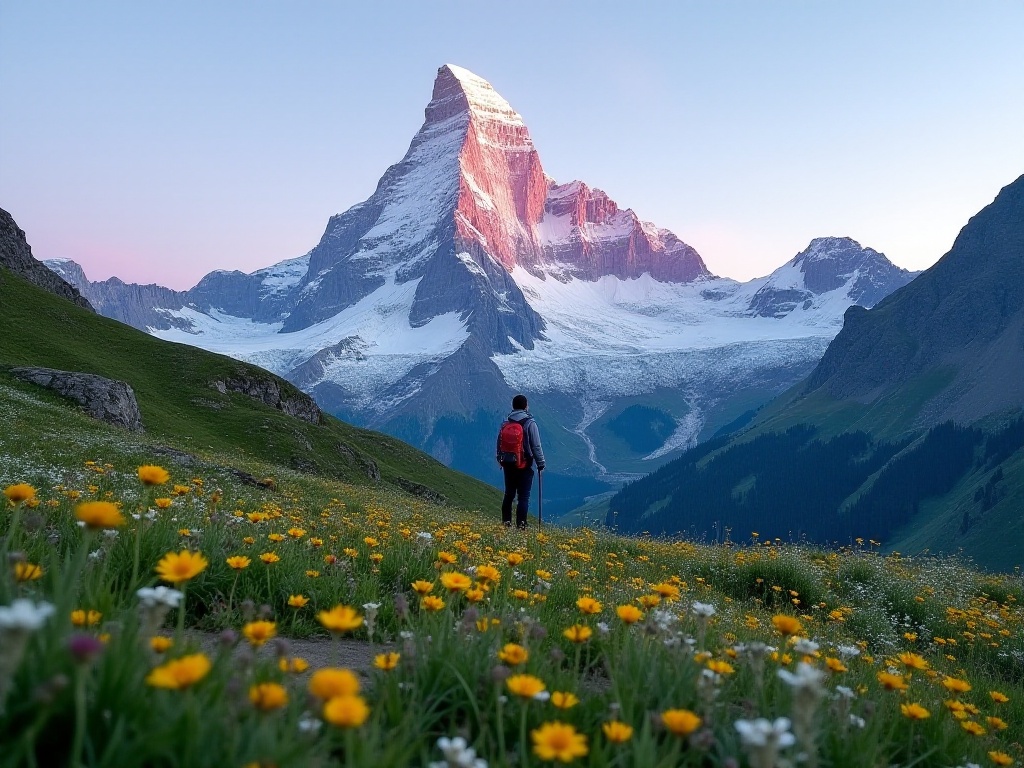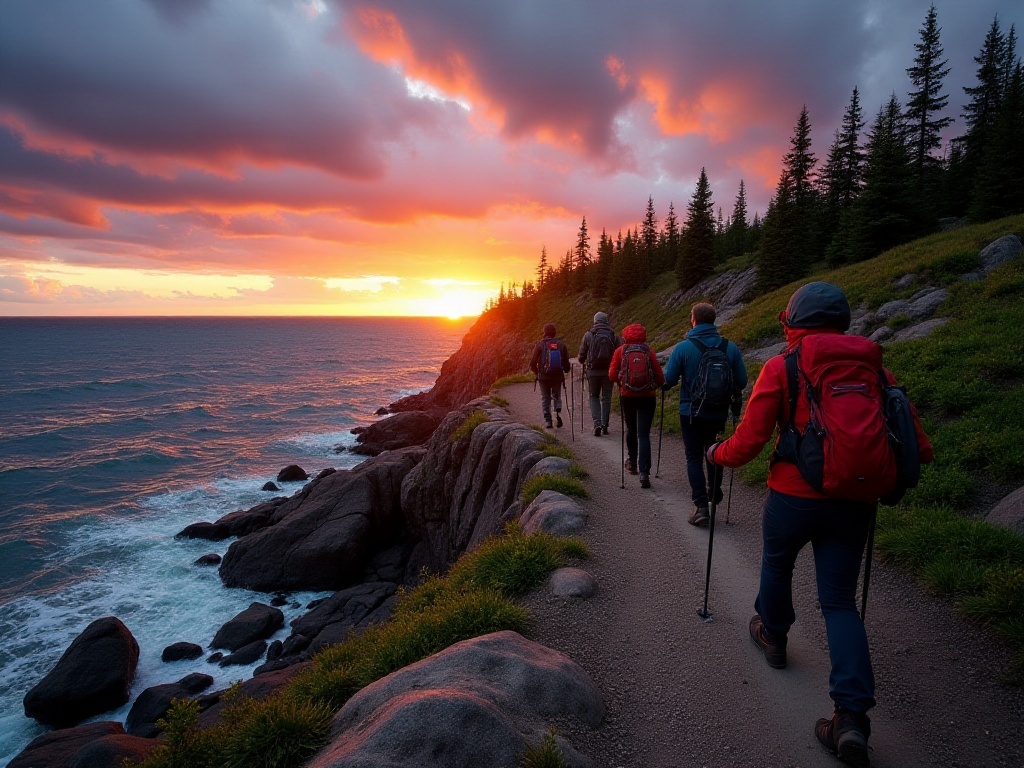Before Departure
I remember this time last year, when I first had the idea to challenge Africa's highest peak Kilimanjaro, my friends all thought I was crazy. "How can you, a girl who has never climbed any mountains before, suddenly want to conquer the 5,340-meter Kilimanjaro?" To be honest, I wasn't very confident either, but I was deeply drawn to this mountain.
This idea didn't come out of nowhere. At that time, I had just gone through a major life transition, hitting a bottleneck at work and experiencing difficulties in my personal life. I needed something to help me rediscover my direction and passion in life. By chance, I came across a blogger's video of reaching Kilimanjaro's summit on social media, and that breathtaking view from above the clouds left me restless.
I thought then that if I could stand at Africa's highest point and see some of the world's most pristine and magnificent views, it might give me new life inspiration. Although everyone around me thought this idea was crazy, I decided to give it a try. After all, isn't life about growing through constantly challenging ourselves?
Preparation
You should know that mountain climbing isn't something you can just do on a whim. The preparation alone took me three whole months. First was physical training - running 5 kilometers daily and practicing loaded hiking in suburban hills on weekends. Gradually, I found my endurance truly improving day by day, and this sense of progress made me even more excited about the upcoming challenge.
Physical training sounds easy but is really tough in practice. When I first started getting up at 5:30 AM to run, my legs felt as heavy as lead. Especially in winter, when temperatures were below zero, it was hard to even get out of bed. But I knew that if I couldn't overcome these small difficulties, how could I conquer Africa's highest peak?
Besides daily running, I particularly focused on core strength training. I persisted with basic exercises like planks, sit-ups, and squats every day. Weekend loaded hiking training was essential - I would walk for six to seven hours in suburban hills carrying a 10-kilogram backpack. I remember once encountering heavy rain but still completing my planned training. Though I was soaked through, the satisfaction of overcoming difficulties made it all worthwhile.
While training physically, I also continuously studied mountain climbing knowledge. I bought many mountaineering books, watched numerous climbing videos, and even joined an outdoor sports club to learn basic skills from experienced climbers. Things like proper breathing techniques, how to use trekking poles, and how to adjust walking rhythm. These seemingly basic knowledge points all proved very useful later during the climb.
Route Selection
Kilimanjaro has six main climbing routes, and after repeated comparison and consultation, I finally chose the Marangu Route. Why this one? Because it's the only route with mountain huts for accommodation throughout, and although it's jokingly called the "Coca-Cola Route," it was indeed the most suitable choice for my first high-altitude challenge.
In choosing the route, I did extensive research. Besides the Marangu Route, there's the Rongai Route, Lemosho Route, Machame Route, Umbwe Route, and Northern Circuit. Each route has its own characteristics and difficulty level.
While the Marangu Route might not be the most scenic, its advantages are clear: first, it has a relatively gentle slope suitable for beginners; second, it has mountain huts throughout, eliminating the need to carry tents and greatly reducing the load; most importantly, it has more supply stations and easier emergency retreat options.
Some might say choosing the easiest route isn't cool enough. But I think for someone attempting high altitude for the first time, choosing a relatively safe and comfortable route is wise. After all, the ultimate goal of mountain climbing is to reach the summit safely, not to prove how tough you are.
Equipment Purchase
Regarding equipment, I really want to share this with you in detail. I remember being overwhelmed when I first went to the outdoor equipment store, seeing all the gear. After detailed research and comparison, I finally compiled a complete equipment list: four-season sleeping bag (rated to -15°C), trekking poles, waterproof hiking boots, fleece clothing, waterproof jacket and pants, quick-dry underwear, and so on.
Equipment purchase was definitely the most expensive part of the preparation process. Just a pair of professional hiking boots cost nearly 2,000 yuan. But when it comes to mountaineering equipment, I always followed the principle that "you get what you pay for." After all, in extreme conditions, quality equipment could be lifesaving.
The choice of hiking boots was particularly important. I deliberately bought the boots two months in advance to have enough time to break them in and adjust. When choosing boots, don't go for a smaller size for comfort - you need to leave enough space because feet can swell at high altitudes. I bought waterproof hiking boots from an Italian brand with hard soles, good anti-slip properties, and most importantly, good breathability.
For clothing, I used the "onion layer" approach, wearing quick-dry underwear, fleece, down jacket, and waterproof jacket from inside out. This combination allows for adding or removing layers according to temperature changes. It's particularly important to bring enough spare underwear and socks, as changing wet clothes promptly after long periods of activity is crucial for preventing colds.
Additionally, some detailed equipment shouldn't be overlooked. Things like sunscreen (UV rays are especially strong at high altitudes), lip balm, headlamp (needed for summit day's pre-dawn start), and thermal water bottle. I also specifically brought a small first aid kit containing band-aids, pain relievers, anti-inflammatory drugs, and other basic medicines.
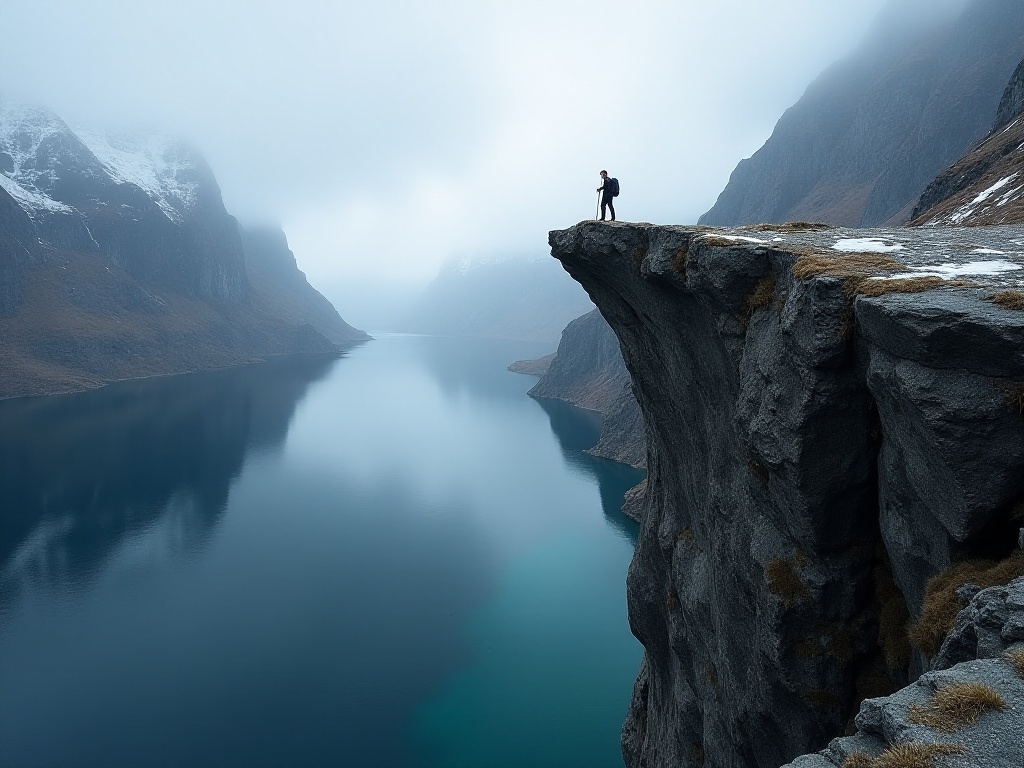
Dealing with Altitude Sickness
When it comes to mountain climbing, we can't avoid discussing the challenging issue of altitude sickness. Statistics show that over 60% of climbers experience varying degrees of altitude sickness symptoms annually. I started taking Rhodiola capsules two months in advance, and although opinions vary on their effectiveness, I believe it's better to be prepared.
Altitude sickness is many climbers' nightmare, with symptoms including headaches, nausea, breathing difficulties, and insomnia. During preparation, I paid special attention to learning about this. Besides taking Rhodiola capsules, I also learned methods to prevent and cope with altitude sickness, such as controlling climbing speed, maintaining "slow, steady, deep" breathing rhythms, and staying well-hydrated.
I also specifically got a comprehensive medical examination before departure and consulted with a sports medicine doctor. The doctor told me that the most important thing in preventing altitude sickness is gradual progression, not rushing. He recommended not increasing altitude by more than 1,000 meters per day during the climb, with adequate rest and adaptation time after reaching new altitudes.
Besides medication prevention, I also prepared some energy supplements like chocolate, energy bars, and glucose. At high altitudes, the body consumes much more energy than usual, and timely energy replenishment is also important in preventing altitude sickness. Additionally, I specifically brought a pulse oximeter to monitor my blood oxygen saturation levels at any time, which is very helpful in detecting altitude sickness symptoms early.
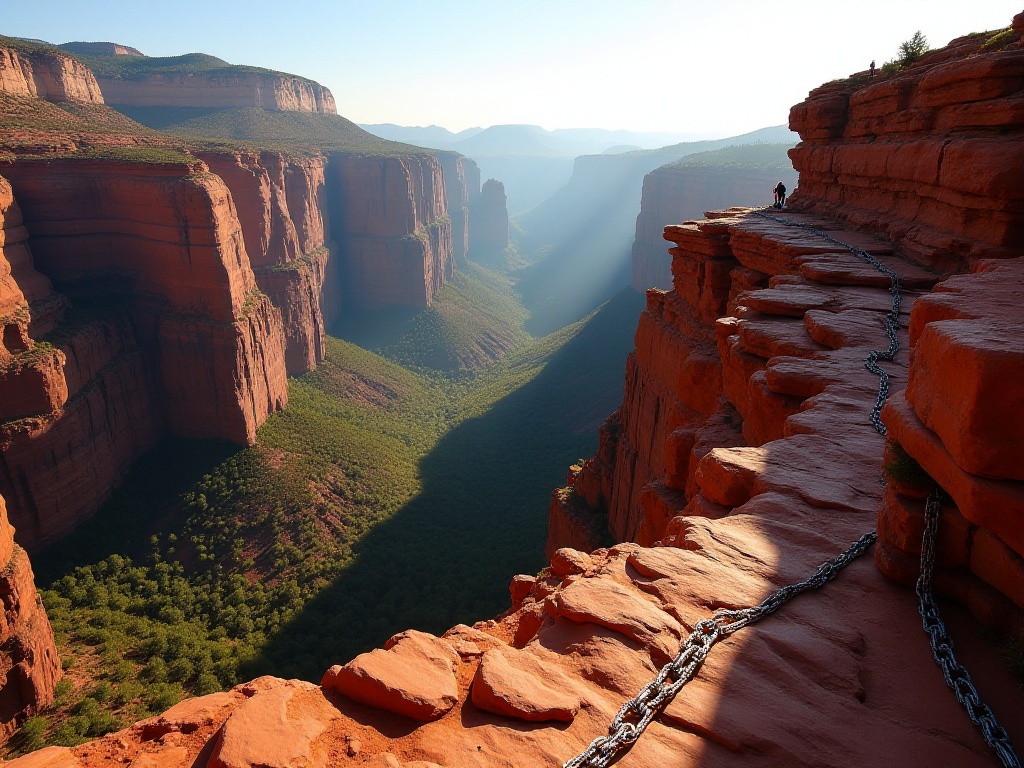
The Journey Begins
Finally, departure day arrived. From Kilimanjaro Airport to the Marangu Gate at the mountain's base, the entire route was filled with tropical landscapes unique to the African continent. Our guide was a local with 15 years of climbing experience, who told us that last year over 35,000 climbers attempted the summit, but only about 65% succeeded in reaching the peak.
From the moment I stepped out of the airport, I felt Africa's unique warmth. Though it was afternoon, the sun was still intense, and the air was filled with the fragrance of soil and vegetation. Sitting in the car heading to Marangu Gate, we could faintly see Kilimanjaro's outline through the window - that snow-capped peak stood like a silent giant, quietly waiting for our challenge.
Our guide, named Mwangi, was a burly Tanzanian. Speaking fluent English, he enthusiastically introduced us to the mountain's history and culture. It turns out that Kilimanjaro means "shining mountain" in the local language, because its summit is covered in snow year-round and glitters in the sunlight.
Besides the guide, our team included a cook and several porters. This is required by Kilimanjaro National Park - all climbers must hire local guides and porters. This not only ensures climbers' safety but also provides employment opportunities for locals. Mwangi told us that climbing tourism is one of the region's most important economic sources.
After arriving at Marangu Gate, we first had to handle park entry procedures. At the park office, staff carefully checked our equipment and permits. They particularly emphasized one point: all garbage must be carried down the mountain - this is basic respect for this beautiful peak.

Day One
The first day's journey was relatively easy, trekking from the starting point at 1,870 meters to Mandara Hut at 2,720 meters. The route passed through tropical rainforest, with humid air and dense vegetation. We saw a group of black and white colobus monkeys jumping through the trees, and the guide said there are over 140 species of mammals here.
In the early morning when we started hiking, the entire tropical rainforest was still shrouded in morning mist. The air was humid and fresh, with lush vegetation all around. Mwangi kept reminding us to maintain a "pole pole" pace - Swahili for "slowly slowly." At high altitudes, maintaining an appropriate pace is more important than moving quickly.
The rainforest ecosystem is incredibly rich. Besides the active colobus monkeys in the trees, we also saw various tropical birds and butterflies. Mwangi knew the local flora and fauna like the back of his hand, introducing us to various interesting species as we walked. One plant called the giant groundsel was particularly interesting, with leaves that could grow taller than a person.
During the trek, we often encountered other climbing groups. Climbers from around the world greeted each other and shared trail conditions - this international atmosphere was particularly interesting. Although everyone came from different countries and spoke different languages, we all shared the same goal on this mountain.
When we reached Mandara Hut, the sun was already setting. The hut conditions were better than I expected - though basic, it had beds and common areas. Most surprisingly, there was hot water available! After a day of hiking, taking a hot shower felt incredibly luxurious.
Dinner was prepared by our cook, with rice, vegetables, and some meat. At high altitudes, maintaining adequate energy intake is crucial. After dinner, Mwangi gave us simple health checks, measuring blood pressure and oxygen levels to ensure everyone was adapting to the altitude change.
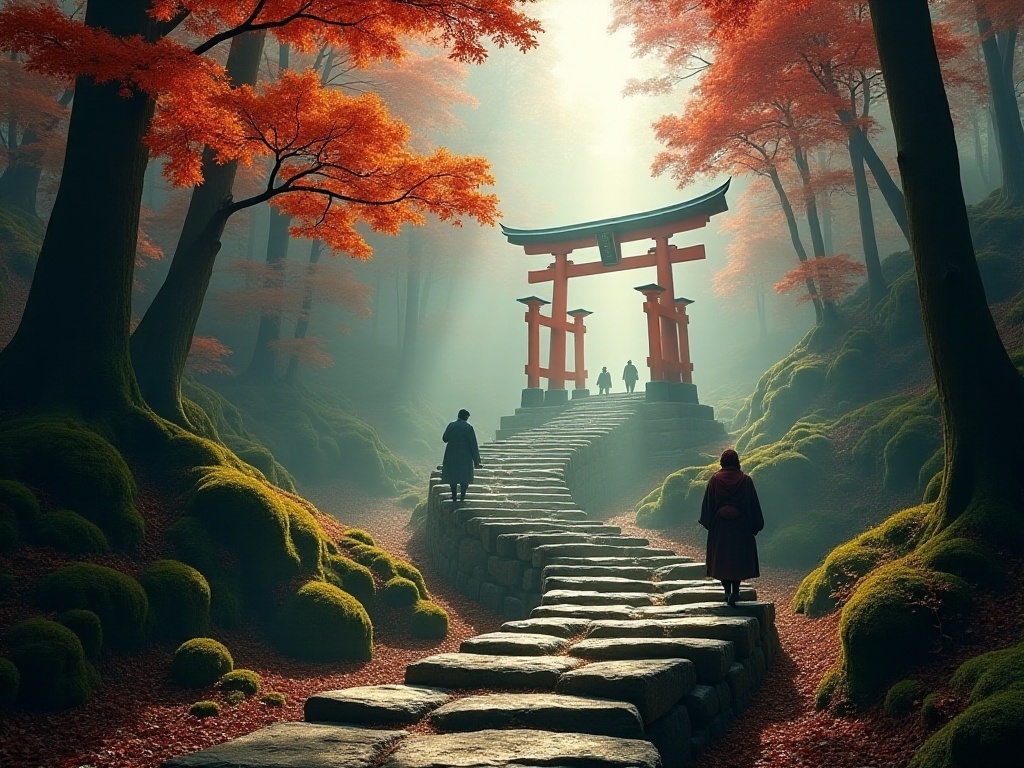
Acclimatization Period
The second and third days were crucial acclimatization periods. The altitude gradually increased to Horombo Hut at 3,720 meters, then to Kibo Hut at 4,703 meters. During this time, I deeply experienced what it means to take "every step with difficulty." With each step, you could feel the air getting thinner and your heart beating faster.
On the second morning, we left the lush tropical rainforest and entered the moorland zone. The landscape change was dramatic - trees became sparse, replaced by various unique alpine plants. Most striking were the giant senecios, standing like sentries along the trail.
As the altitude increased, breathing became increasingly difficult. Mwangi taught us a special breathing technique: deep breath every three steps, allowing the body to get enough oxygen. He said this was experience accumulated by local guides over many years, and it was indeed effective.
When we reached Horombo Hut, I started experiencing mild altitude sickness symptoms: slight headache, loss of appetite. Mwangi advised drinking more water, talking less, and resting more. That night I indeed felt uncomfortable, tossing and turning unable to sleep. But this was all expected, and I told myself to persevere.
The third day's journey was even more challenging. We entered the alpine desert zone, where the scenery became extremely desolate but had its own stunning beauty. Uhuru Peak appeared and disappeared in the distance, sometimes hidden by clouds, sometimes showing its majestic face.
That day, many teammates experienced various degrees of altitude sickness. Some began vomiting, others had severe headaches. Though I wasn't feeling great either, I could still manage. This might be thanks to the thorough preparation and gradual acclimatization process. Mwangi said maintaining a positive attitude is important at this altitude, as negative emotions can worsen altitude sickness symptoms.
When we finally reached Kibo Hut in the evening, the air was even thinner, and temperature had dropped below zero. The atmosphere in the hut was somewhat tense, as everyone knew tomorrow would be the crucial summit day. During the evening briefing, Mwangi detailed summit day precautions, especially emphasizing the importance of staying warm and maintaining energy levels.
Summit Day
Finally, summit day arrived. At midnight, in -10°C winds, we began our final push. Headlamp beams seemed particularly lonely in the darkness, with the "click-clack" of trekking poles and heavy breathing rising and falling.
This was the most challenging stage of the entire climb. Walking in darkness, everything seemed strange and mysterious. Headlamps only illuminated a few meters ahead, and in the pitch darkness, all we could do was follow the footsteps of those ahead, climbing one step at a time.
The temperature was terrifyingly low - I felt cold even wearing three layers of warm clothing. Fingers and toes began losing sensation, but we had to keep moving to avoid frostbite. Mwangi kept reminding us to drink water - though not thirsty, maintaining hydration was crucial in these extreme conditions.
Had to stop every few steps to catch breath - the air was incredibly thin. Several times I almost wanted to give up, but thinking about how long I'd prepared for this moment, I gritted my teeth and continued. At times like these, willpower is more important than physical strength. I started counting steps, telling myself to rest after every hundred steps, inching upward bit by bit.
News of other climbers giving up came occasionally. Some had to descend due to severe altitude sickness, others couldn't continue due to exhaustion. Every time I heard such news, I silently encouraged myself: must persist, must reach the summit!
Around 4 AM, we reached Gilman's Point at 5,685 meters. By regulation, reaching here counts as a technical summit. But the true highest point, Uhuru Peak, was still ahead. Mwangi said since we'd come this far, we might as well continue the challenge.
Sunrise
After nearly 6 hours of arduous trekking, I finally stood at Uhuru Peak. When the first rays of sunlight spread across the African continent, I was moved to tears. Looking down at the sea of clouds from 5,340 meters, that feeling is truly indescribable.
Standing at Africa's highest point, all fatigue and pain vanished. The dawn painted the entire horizon red, clouds churned below our feet, and the distant horizon slowly revealed its golden outline. This might be the most beautiful sunrise I'll ever see in my life.
The surrounding glaciers sparkled in the sunlight like they were sprinkled with diamond dust. Mwangi said these glaciers are diminishing year by year and might completely disappear in a few decades. Thinking about this, I felt truly lucky to witness this spectacular miracle at this time.
Summit photos were essential, though fingers were almost too frozen to hold the camera, but this moment had to be recorded. Other successful climbers from various countries joined in the celebration, hugging and congratulating each other, sharing this joy. This kind of friendship transcending borders is perhaps one of the most charming aspects of mountaineering.
However, we couldn't stay at the summit too long, as every minute at this altitude tests the human body. After taking photos, we began our descent. Though easier than ascending, we couldn't let our guard down, as tired bodies are more prone to mistakes.
Experience Summary
Looking back on the entire trek, the biggest realization is: never underestimate your potential. From a hiking novice to successfully summiting Africa's highest peak, this process taught me that with adequate preparation and persistence, nothing is impossible.
This climbing experience changed my perspective on many things. First, my self-perception - I can be stronger than I imagined. Second, understanding teamwork - in extreme environments, mutual help and encouragement become particularly important.
Most touching were the local guides and porters. They weren't just pathfinders during the climb, but our protectors. Their professionalism and dedication gave me a whole new appreciation for their profession.
This experience also taught me how to maintain a positive attitude in difficult situations. When you feel you can't go on, perhaps taking one more step will lead to a breakthrough. This principle applies not just to climbing, but to any life challenge.
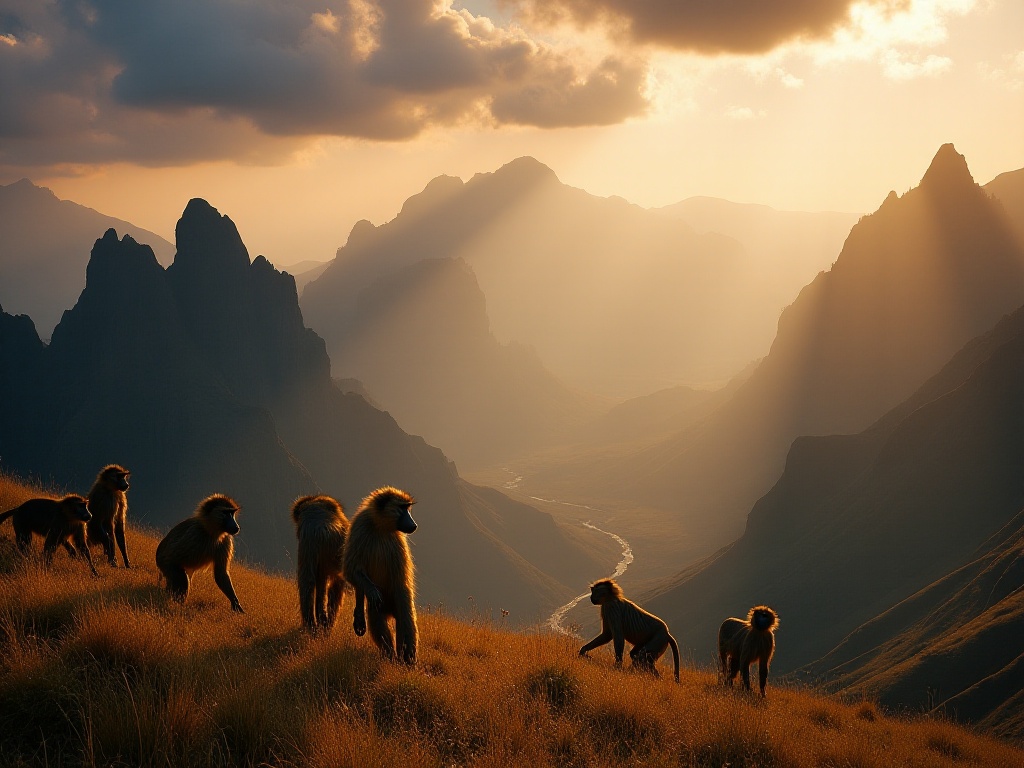
Practical Advice
If you also want to challenge Kilimanjaro, my advice is: definitely start physical training 3-6 months in advance; ensure complete equipment, better to have too much than too little; most importantly, be mentally prepared - climbing is an endurance test.
For physical training, besides basic running and hiking, consider adding strength and endurance training. During the climb, both backpack weight and sustained activity duration are major challenges.
For equipment, besides basic climbing gear, prepare extra warm items and energy supplements. Weather at high altitudes can be unpredictable, sometimes experiencing multiple seasons' temperature differences in one day.
Mental preparation is also important. Climbing isn't a 100-meter sprint but an endurance test. You'll definitely encounter various difficulties and setbacks during the process - the key is maintaining a calm attitude and believing you can overcome these challenges.
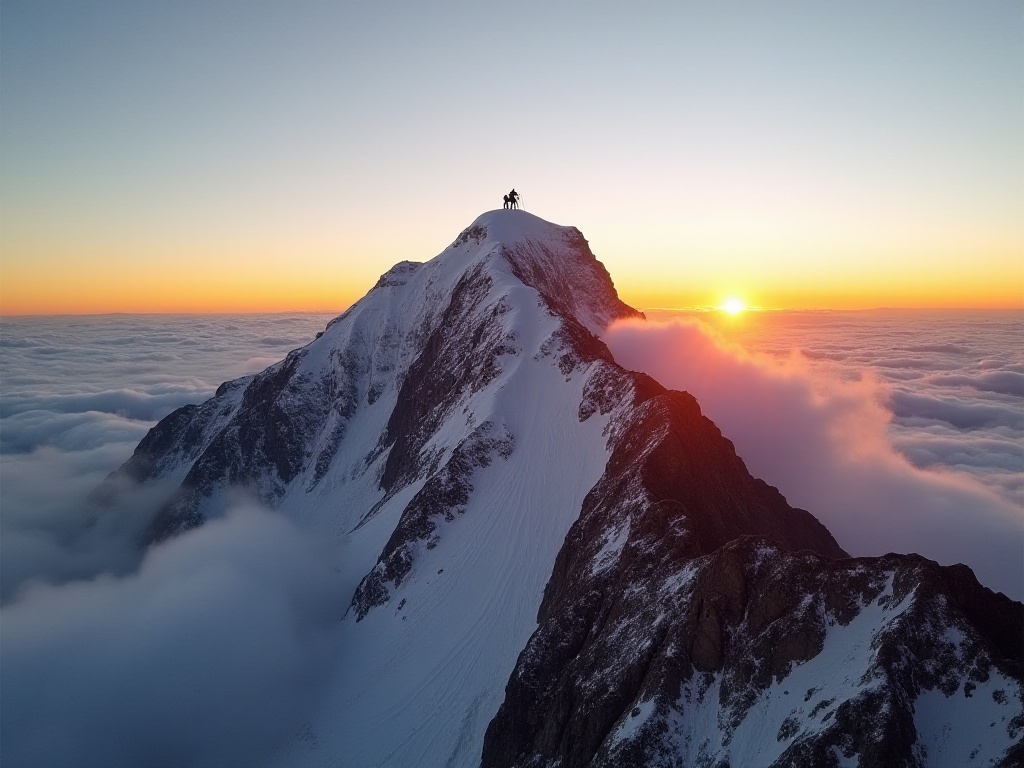
Final Words
This journey made me fall deeply in love with hiking. I'm already planning my next goal - how about you? Any peaks you want to challenge? Welcome to share your climbing stories and plans in the comments.
Climbing changed my life trajectory. It taught me that life's biggest opponent is oneself, and the greatest challenge is breaking through self-imposed limits. Each mountain has its unique charm, and each climb is an opportunity for self-breakthrough.
If you're also interested in climbing, don't hesitate - boldly plan your first climbing journey. Remember, every expert climber started as a beginner. With dreams, determination, and adequate preparation, you can definitely achieve your climbing dreams.
Looking forward to meeting fellow climbing enthusiasts on the next peak. Let's discover better versions of ourselves through climbing!






